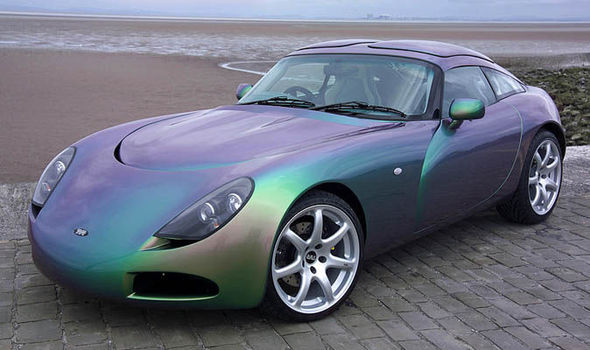In general, the following 3 variants exist. At least that's how the chemical industry in Germany thinks about it. (chemie.de\ wiki)
Here is the full quote:
A luminescent color refers to a colorant that emits more visible light than is incident from the outside, that is, more than would be possible by directional or diffuse reflection.
The energy required for this can be provided on the basis of various physical principles:
-Daytime light color turns invisible UV light into visible or blue light in reder
-Afterglow color stores energy that has been absorbed by the lighting and releases it with a time delay
-Radioactive luminous color, in which the energy comes directly or indirectly from the radioactive decay of a substance
luorescent inks
Fluorescent fluorescent daylight (neon colors) convert the blue and near-UV of daylight into light of longer wavelengths (typically blue-green, yellow, and red). Yellow and red are perceived much brighter by the eye with the same light intensity (V-lambda curve of the sense of sight). As a result, a significant increase in contrast is achieved, in particular in cloudy weather and at twilight (higher proportion of blue in daylight) (eg warning surfaces on rescue rescue vehicles).
phosphorescent
Afterglow colors
Afterglow colors (but not: "noctilucent colors") store incident light in the form of excitation energy (phosphorescence). Afterglow colors contain toxic heavy metal salts and are only suitable under special precautions (strong binder) for everyday use. They are based on the Luminova pigments.
Radioactive light colors
A radioactive luminescent color always consists of a radioactive substance, formerly mostly radium salt, today either tritium gas or promethium salt, and a fluorescent substance, such as zinc sulfide. The radioactive radiation stimulates the fluorescent substance (luminescence).
The fluorescent substances or other additional substances used are often capable of phosphorescence. Therefore, apart from permanent lights, after exposure to light a strong afterglow, which decreases within seconds, can be observed.



